Written by Hania Yousuf | Verified by Dr. Maham Yousuf
Adolescents experience a rapid growth and development period that increases the nutrient demands of their bodies. During this period, one needs to take a higher content of protein, iron, calcium, and vitamins A and D. This helps support the bone growth, hormonal changes, and cognitive development of teens.
Smart snack choices for teenagers are crucial as they help maintain energy levels and prevent nutrient deficiencies. Moreover, balanced snacks can improve concentration and academic performance.
This article details the top 12 healthy snacks for teens, tips to encourage healthy snacking habits among teenagers, and every other detail you need to know when it comes to healthy snack ideas for teens.
Table of Contents
Understanding Adolescent Nutritional Requirements
Macronutrients
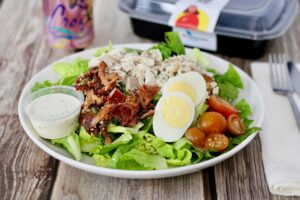
Our body needs macronutrients, like proteins, fats, and carbohydrates, in large amounts, especially during adolescence. Including a sufficient amount of each of them in the diet is crucial for the growth and overall well-being of the individual.
Proteins: Proteins are crucial for your muscle development and repair. Kids ages 10–18 require .38–.43 grams per pound of protein (0.85–.95 grams per kg), based on sex and age. Also, many teens who are involved in sports activities may need much more than that.
Carbohydrates: Carbohydrates are the primary energy source for active teens. Like protein, the need for carbs varies with factors like gender and activity levels.
Fats: Fats are essential for producing hormones in the body and developing your brain.
For adolescents, the Acceptable Macronutrient Distribution Ranges (AMDRs) include 45–65% of calories from carbs, 10–35% from proteins, and 20–35% from fats. These caloric needs can vary based on age, sex, and activity level of a teenager.
Micronutrients
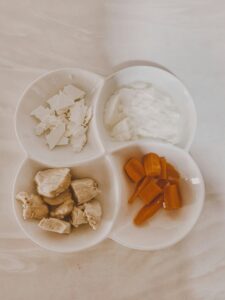
Oftentimes, snacks for teens lack sufficient amounts of micronutrients like minerals and vitamins. However, these are equally crucial as macronutrients for the healthy lifestyle of teenagers.
Calcium and Vitamin D
Around 21-42% of U.S. teens suffer from Vitamin D deficiency based on multiple factors like increased weight, dark skin color, residence location, and poor diet. Calcium and vitamin D play a crucial role in bone health as they assist in bone growth and strength. Therefore, teens with low vitamin D levels may need treatment with supplements and injections. Also, adding calcium-rich snacks for adolescent growth in the diet might help boost bone health.
Iron
Iron supports an increase in blood volume in adolescence and prevents anemia, especially during growth spurts and menstruation. It is also crucial for oxygen transport and the body’s energy metabolism. The Recommended Dietary Allowance (RDA) for iron is 11 mg/day for boys aged 14–18 and 15 mg/day for girls of the same age due to menstruation.
Hydration
Adequate hydration is vital for overall health as it helps maintain energy levels and cognitive function. However, around 25% of children and adolescents do not drink any plain water daily, and approximately half of them remain underhydrated.
Caloric needs
As adolescents have a constantly growing body, they need a constant supply of energy to meet their body’s metabolic demand. The caloric needs may vary based on age, sex, and activity level of a person. For example, moderately active adolescent boys aged 14–18 require around 2,800 calories per day, while girls of the same age require about 2,000 calories. Healthy snacks for adolescents are a great way to help teens meet these caloric requirements.
How Healthy Snacks for Teens Help In Their Growth
Bridging Nutritional Gap
Healthy snack ideas for adolescents are valuable as they help bridge nutritional gaps between meals. They can provide essential nutrients like calcium and iron, which support bone development and overall health. According to the USDA, snacks contribute 11–38% of daily intakes from key food groups, including grains, fruits, and dairy.
Providing Energy
Healthy snacks for teens also offer the energy that is necessary for their academic and extracurricular activities. The CDC emphasizes that healthy snacking habits can boost concentration and academic performance.
Healthy Snacking Habits Among Teens
Promoting healthy snacks for teens helps prevent overeating and promotes satiety. For this, choosing nutritious snacks over nutrient-poor ones is very crucial. Research shows that adolescents often enjoy snacks that are high in added sugars and solid fats. This can lead to poor diet quality and affect their overall health.
Educating teens on healthy snack choices promotes long-term healthy eating behaviors, supporting their growth and development.
Characteristics of Healthy Snacks for Teens
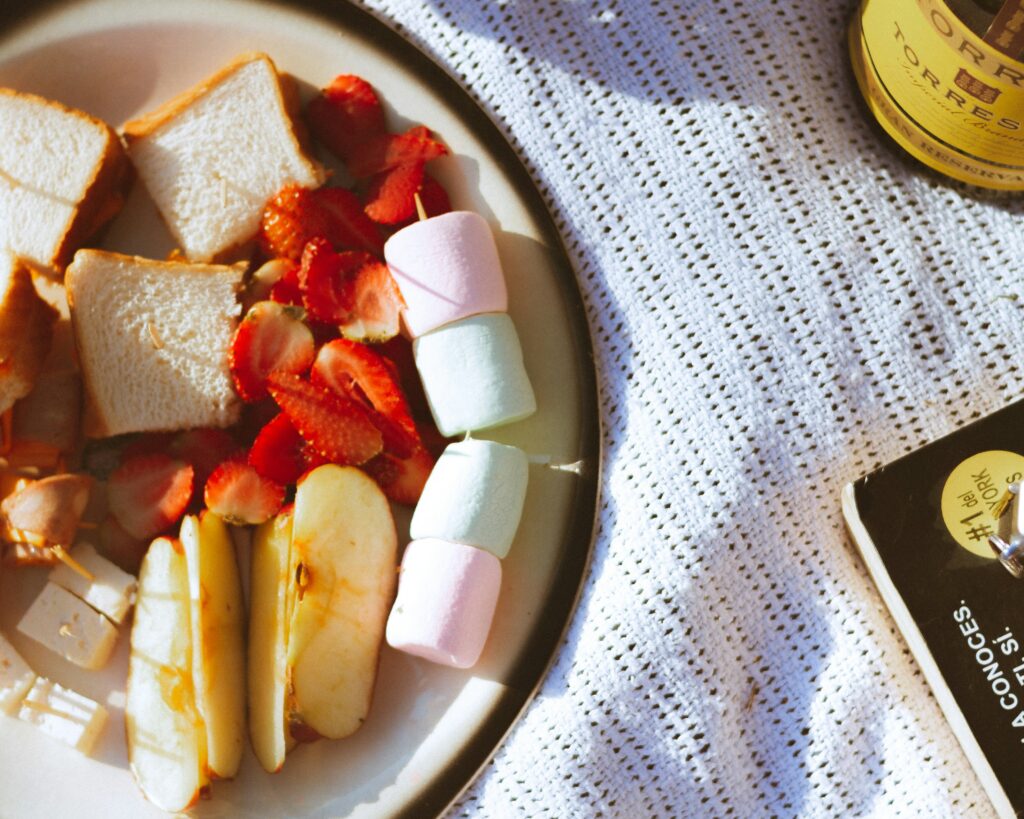
There are certain valuable characteristics or factors you need to look for when it comes to healthy snacks for teens:
Nutrition-Dense Choices
Start by looking for snacks that are rich in essential vitamins and minerals. Fruits, vegetables, whole grains, lean proteins, and low-fat dairy provide necessary nutrients without excess calories. The WHO also advises consuming at least 400g of fruits and vegetables as they serve as high-fiber snacks for teens and reduce noncommunicable disease risks.
Balanced Macronutrients
Include a mix of proteins, healthy fats, and complex carbohydrates in your teen’s diet. For example, pairing yogurt (protein) with fruit (carbohydrates) and nuts (healthy fats) makes a balanced, healthy snack for teenagers. The protein-rich snacks support energy levels, muscle development, and overall growth.
Low in Added Sugars and Sodium
Avoid snacks that are high in sugars and sodium to help prevent chronic health issues. The WHO advises reducing consumption of free sugar to less than 10% of total energy and salt intake to less than 5g per day.
Portion-Controlled Diet
Serving healthy snacks for teens in appropriate portion sizes helps avoid excessive calorie intake and maintain overall weight. As pre-packaged snacks are often high in calories, choose whole foods and be mindful of serving sizes.
Top 12 Best Healthy Snacks for Teens Growth
Protein-Packed Healthy Snacks for a Teenager
Greek Yogurt Parfait
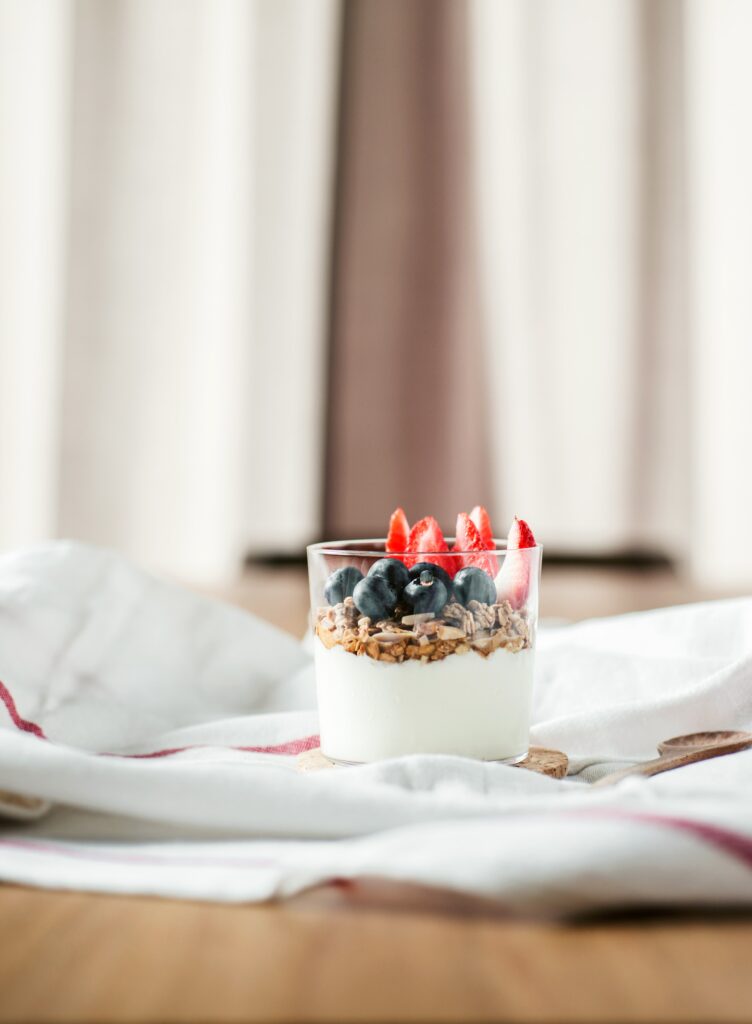
Greek yogurt provides about 15g of protein per 6 ounces or 170g of serving. It is a protein-rich snack for teens, aiding muscle development. It also contains a high calcium content that promotes bone growth. You can make a tasty protein-rich Greek yogurt parfait by layering it with fruits and nuts like berries, bananas, and chopped almonds.
Hard-Boiled Eggs
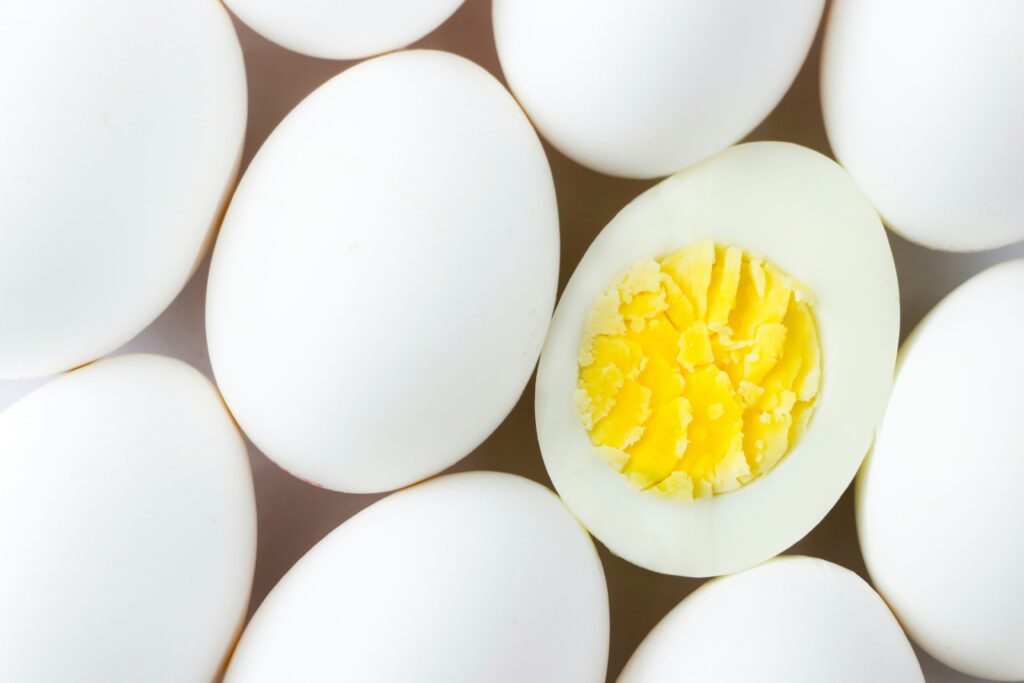
The eggs are an inexpensive yet rich source of protein for your teenagers. A single egg provides about 6g of high-quality protein, vital vitamins, and minerals like choline and selenium. Hence, it serves as a convenient, healthy snack for teens. Simply boil an egg, serve it to your kid plain, or sprinkle some salt and pepper.
Nut Butter & Whole-Grain Crackers
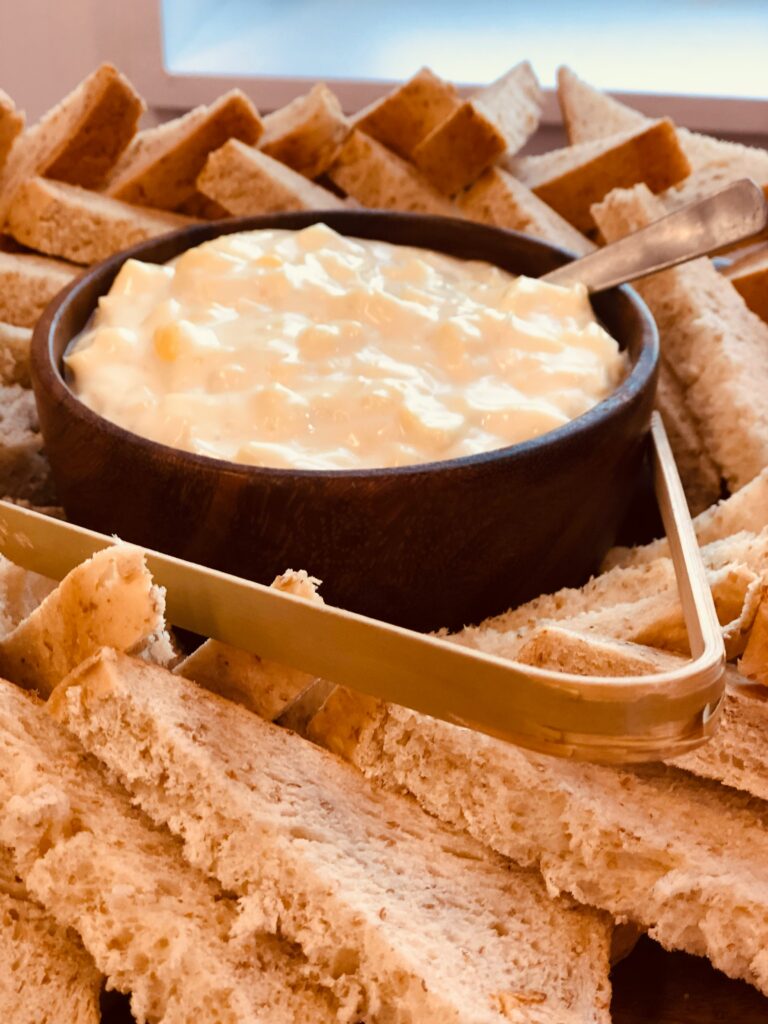
Peanut or almond butter contains healthy fats and protein, which are good for the overall well-being of your kids. Combining the nut butter with whole-grain crackers helps maintain steady energy and satiety.
High Fibre Snacks For Teens
Fresh Fruits & Veggies
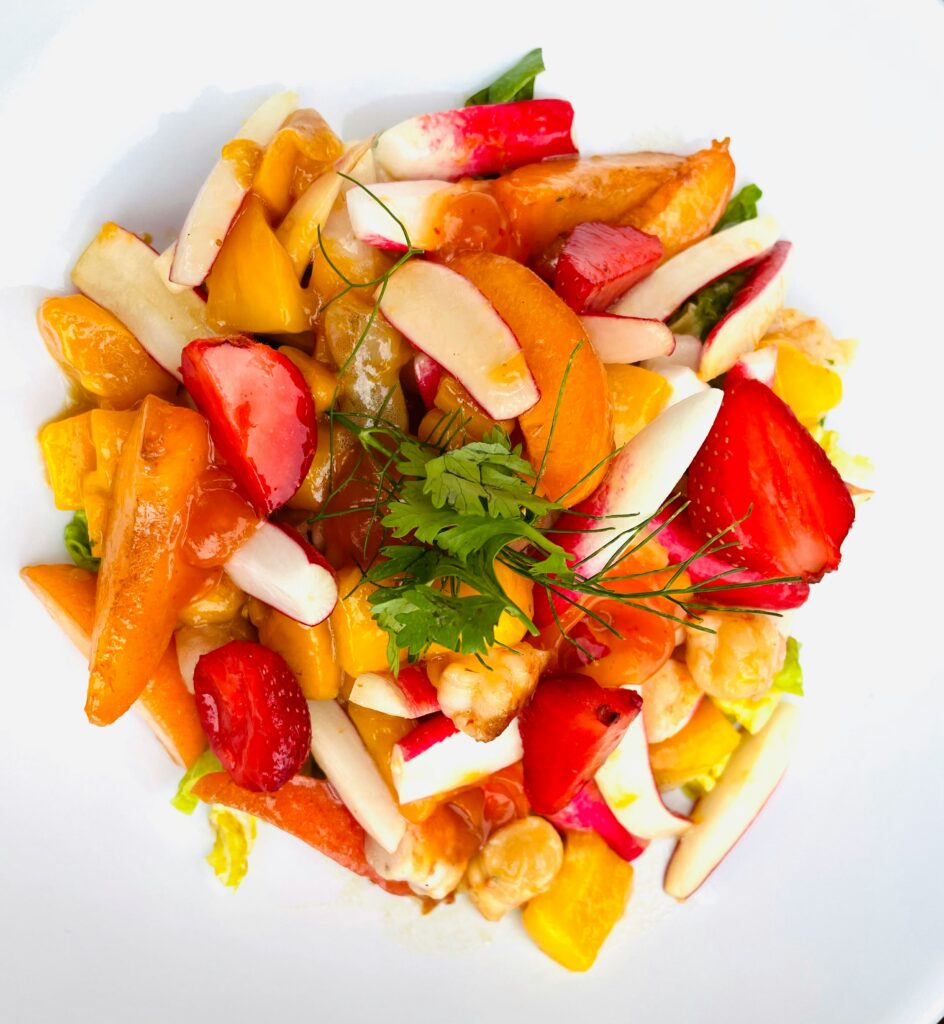
Fresh fruits and Vegetables are among the best healthy snacks for teens as they are packed with fiber, vitamins, and minerals. Sliced apples, carrots, cucumbers, and bell peppers provide both soluble and insoluble fiber. This helps with healthy digestion and preventing constipation. Many also supply vitamin C, potassium, and antioxidants that support the immune system. Making your teens’ diet high in fruits and vegetables can help prevent malnutrition. This will also reduce the risk of chronic diseases like obesity and diabetes.
Avocado on Whole-Grain Toast
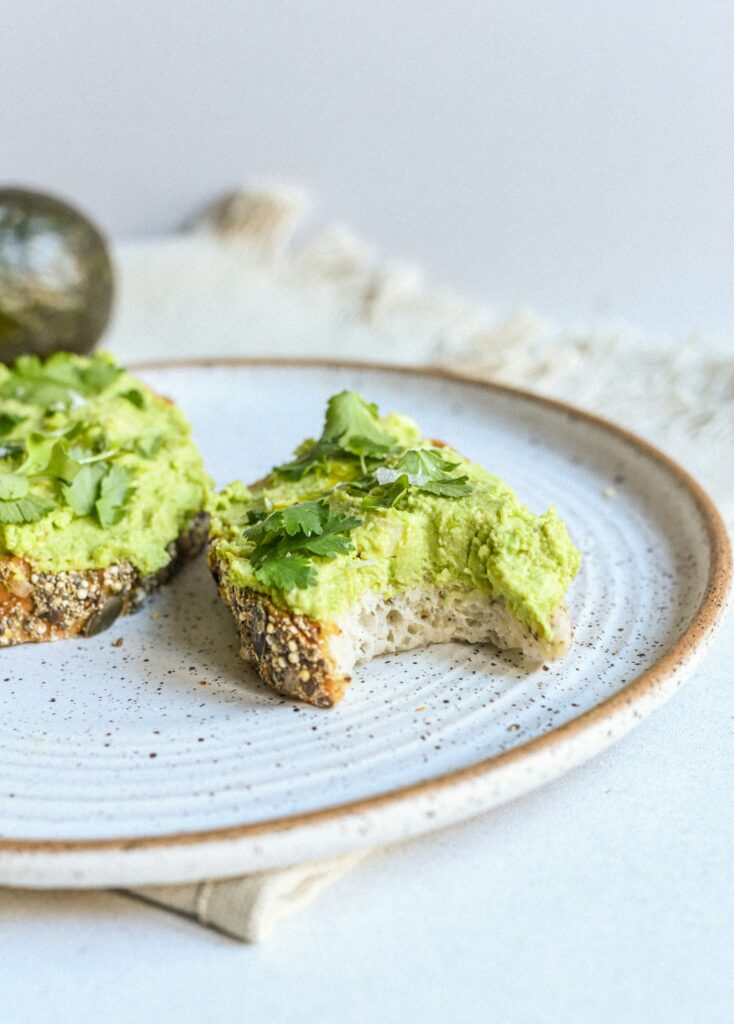
Whole-grain bread offers complex carbohydrates and almost 2–3 grams of fiber per slice. Topping it with mashed avocado delivers healthy fats, fiber (about 10g per avocado), and potassium. This combo promotes fullness and heart health and supports brain function, which leads to better academic performance and emotional regulation.
Homemade Trail Mix
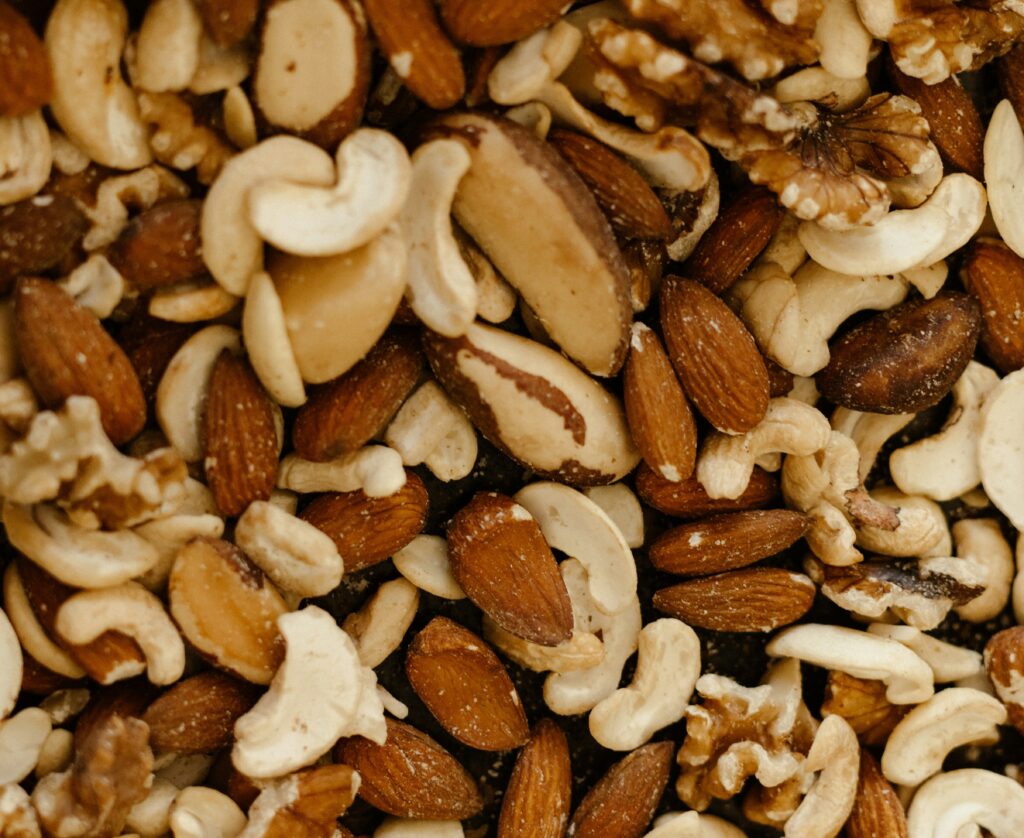
The homemade trail mix also serves as a great healthy snack for teens and adults as well. A mix of unsalted almonds, sunflower seeds, dried apricots, and oats creates a high-fiber, energy-dense snack. Nuts and seeds provide plant-based protein, fiber, and essential minerals like magnesium and zinc. These nutrients are essential for growth and immune support. Dried fruits like raisins and prunes contribute iron and natural sugars for quick energy. Choose unsweetened, additive-free ingredients for optimal benefits.
C. Calcium and Vitamin D Sources
Cheese Sticks

The mozzarella cheese sticks are a convenient option for calcium-rich healthy snacks for teens’ growth. They also contain a high content of protein. A single serving provides around 20% of the recommended daily calcium intake, essential for bone development during adolescence. Furthermore, cheese sticks also offer vitamin B12 and selenium, which support nerve function and immunity.
Fortified Plant-Based Milks
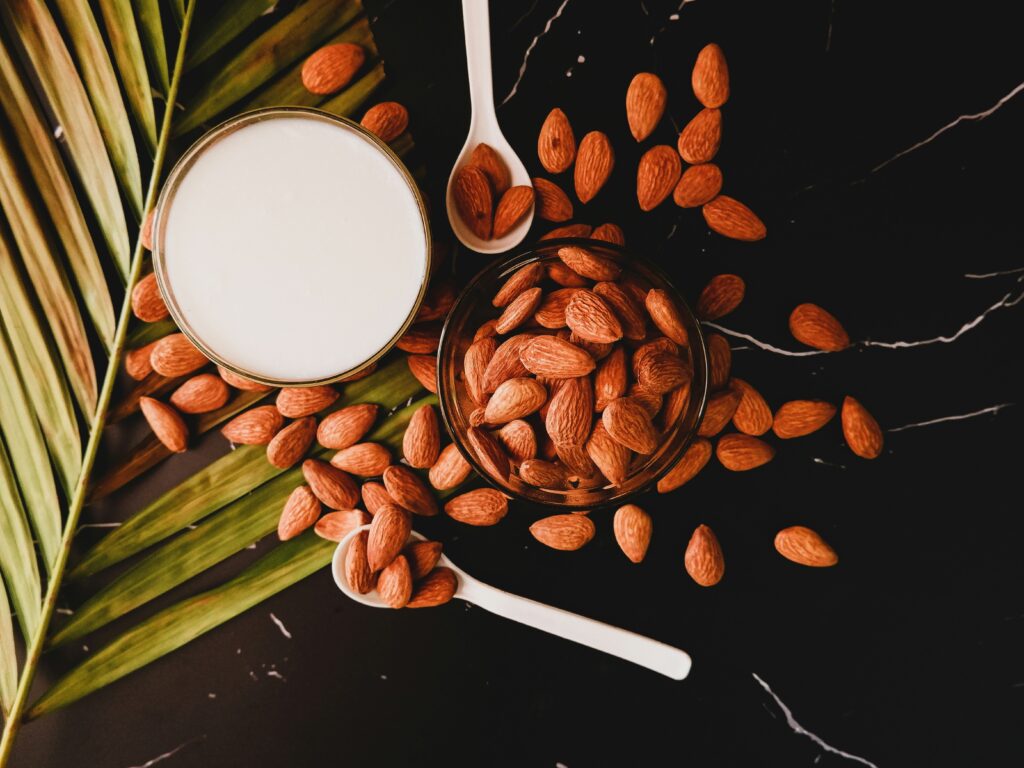
Unsweetened soy or almond milks are a rich source of calcium and vitamin D. This makes them a great dairy alternative. These plant-based milks often contain added nutrients like potassium and vitamin A, crucial for overall health. Select options with minimal added sugars for maximum benefits.
Yogurt Smoothies
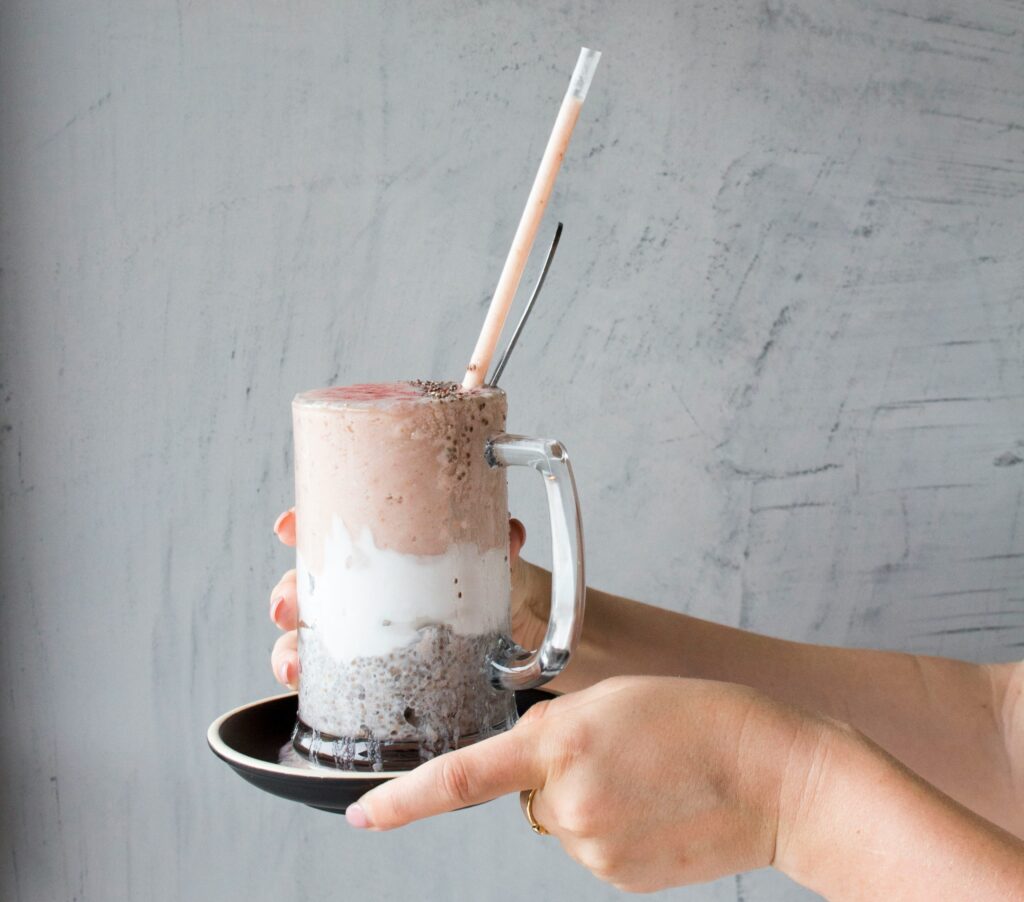
Yogurt smoothies, especially those made with low-fat or Greek yogurt, are nutritious snacks for teens. They provide calcium, vitamin D, and probiotics, promoting bone health and digestive well-being.
D. Iron-Rich Snacks
Hummus with Veggie Sticks
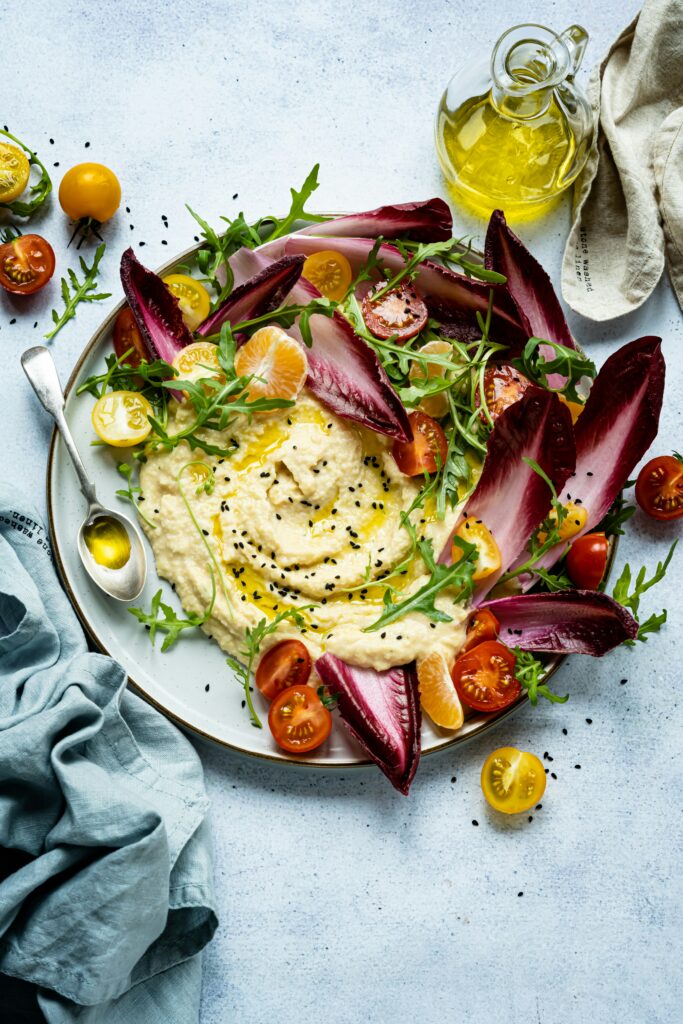
Hummus is primarily made from chickpeas. It is a plant-based source of iron, offering about 2.4 mg per 100g. Combining it with vitamin C-rich vegetables, such as bell peppers, can improve your body’s iron absorption. This helps in maintaining the energy levels and cognitive functions of the body.
Fortified Cereals
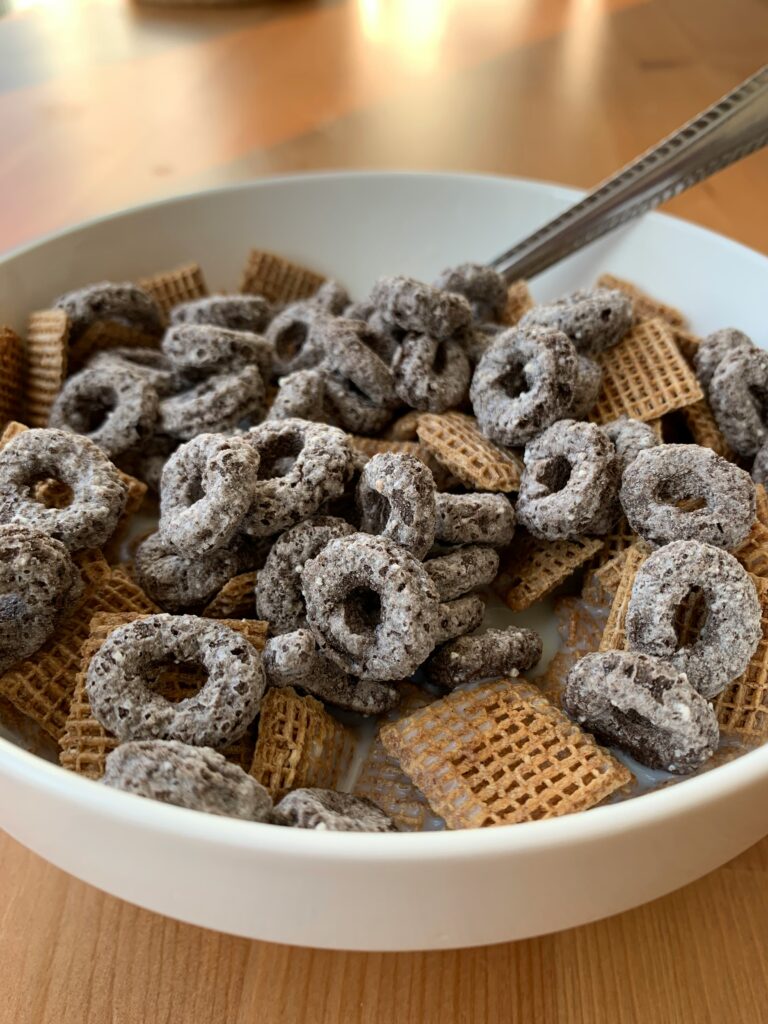
Many breakfast cereals contain a high proportion of iron, which helps meet the daily requirement. Taking these cereals with a source of vitamin C, such as orange juice, can further improve iron uptake. Studies show an improved iron status in adolescents consuming these iron-fortified cereals regularly.
Dried Fruits
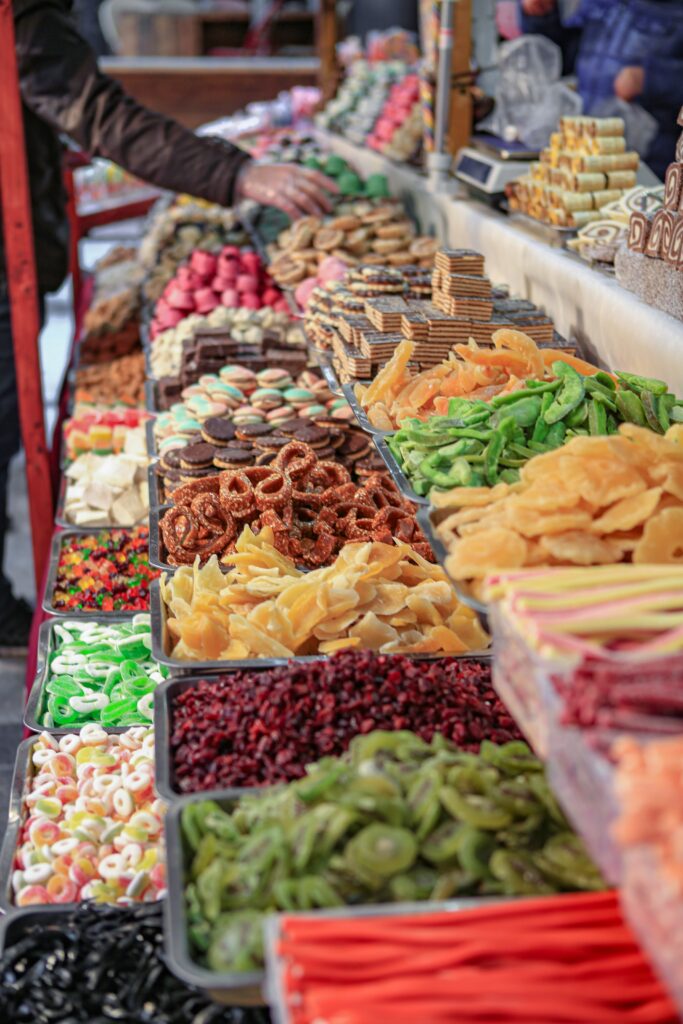
Dried fruits like apricots, prunes, and raisins are convenient, iron-rich snacks for teenagers. For example, half a cup of dried apricots provides approximately 2.1 mg of iron. When combined with other iron-rich foods in the diet, they can help meet the daily iron needs of the body.
Tips for Encouraging Healthy Snacking Habits Among Teenagers
Involve Teens in Planning
Involve adolescents in choosing and preparing snacks so they can take an interest in healthy eating. This boosts interest in healthy snacks for Teens growth and independence.
Keep Healthy Options Accessible
Stock the kitchen with ready-to-eat fruits, vegetables, and whole-grain snacks. Having nutritious options readily available encourages healthier snacking.
Educate on Reading Labels
Teach teens to read nutrition labels to make informed choices about packaged snacks. Understanding nutritional content will help them avoid high-sugar and high-fat options.
Limit Unhealthy Choices
Reduce the availability of high-sugar and high-fat snacks at home. Limiting these options can decrease their consumption.
Encourage Regular Meal Patterns
Promote consistent meal and snack times to prevent over-eating and maintain energy levels. Regular eating patterns support a healthy metabolism.
Conclusion
Healthy snacks for teens are essential for supporting rapid growth, brain development, and hormonal changes during adolescent years. Snacks are a valuable nutritional source for teens since they require an increased amount of nutrients to meet their body’s demands.
Encouraging healthy snack ideas for teens, like choosing fruits, nuts, and yogurt over sugary or processed foods, can improve focus and prevent chronic conditions later in life. Prioritizing balanced, doctor-approved snacks can set the foundation for a lifetime of healthy choices.
FAQs
What are the healthiest snacks for teens?
Fresh fruits, Greek yogurt, mixed nuts, hummus with veggies, whole-grain toast with peanut butter, and hard-boiled eggs are all nutrient-dense options that support teens’ growth.
What are the 10 best foods for a teenager to eat?
Salmon, eggs, spinach, berries, oats, beans, yogurt, lean meats, nuts, and sweet potatoes offer protein, fiber, and key vitamins essential for teen development.
What are healthy snacks for students?
Trail mix, fruit and cheese, veggie sticks with dip, granola bars (low in sugar), and smoothies are great for fueling long school days.
What are quick healthy snacks for teens?
Banana with peanut butter, string cheese, whole-grain crackers, boiled eggs, and apple slices with almond butter are quick, healthy, and filling.
What are the most popular snacks for high school students?
While chips and cookies are common, more students are choosing protein bars, smoothies, popcorn, and fruit cups for better energy and focus.
What are healthy snacks for teen girls?
Iron-rich snacks like dried apricots, fortified cereals, trail mix, and calcium-rich yogurt help support growth, menstrual health, and strong bones.

